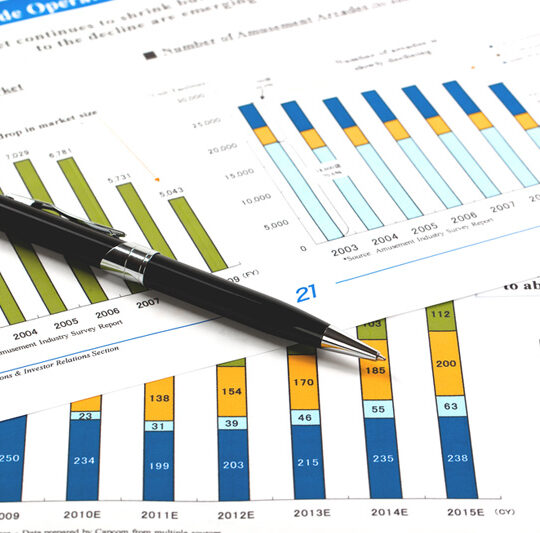
Tags :access:meteredssts:moneysstsn:Moneytag:American dreamtag:Bankratetag:Child caretag:Demographicstag:Economicstag:Economy Newstag:Federal Reserve Systemtag:Financial Planning & Managementtag:Geographic Referencetag:Hawaiitag:Healthcaretag:Illinoistag:Mississippitag:Mortgagestag:National Association of Realtorstag:Overall Negativetag:Overall Neutraltag:Real Estatetag:Utilitiestype:story
add a comment














